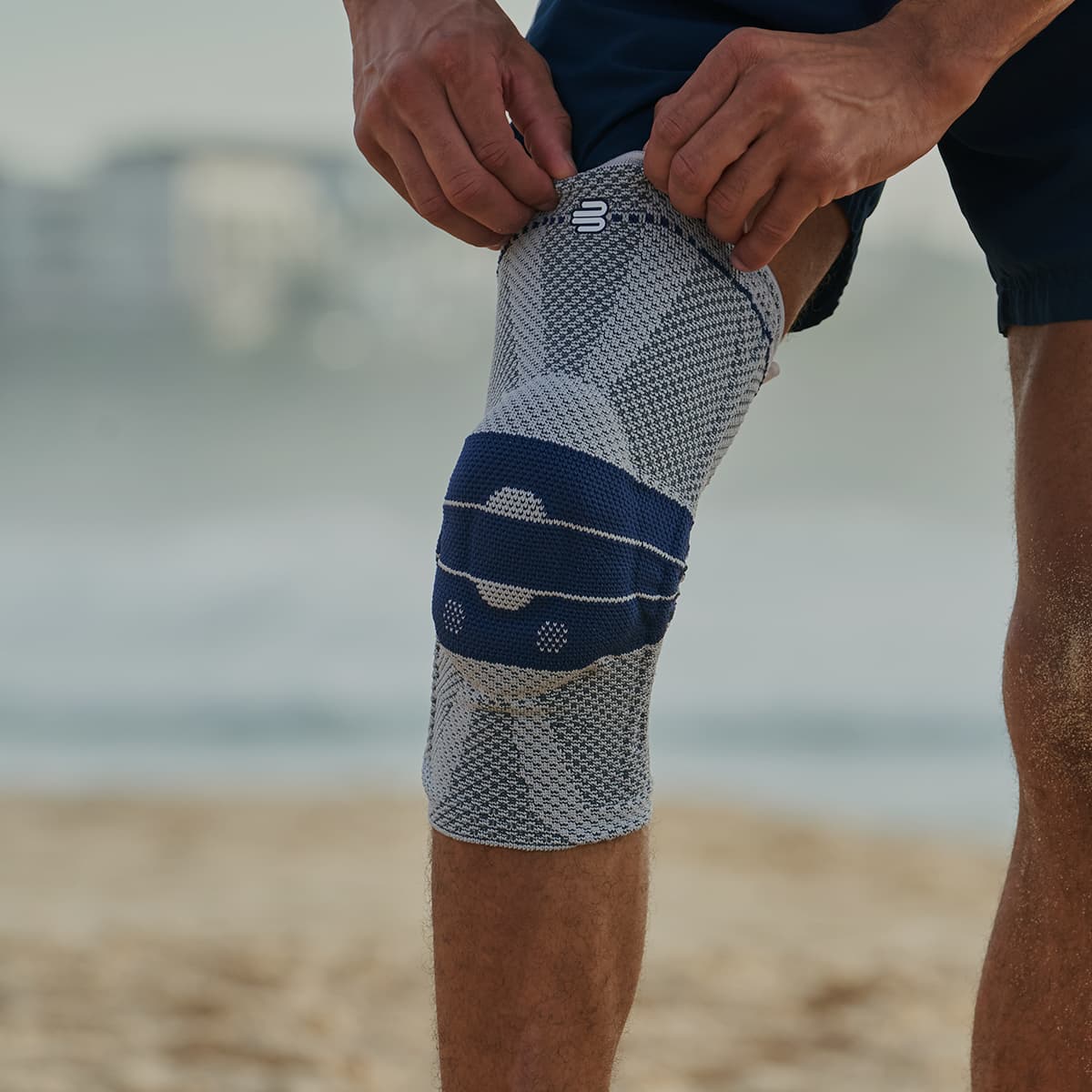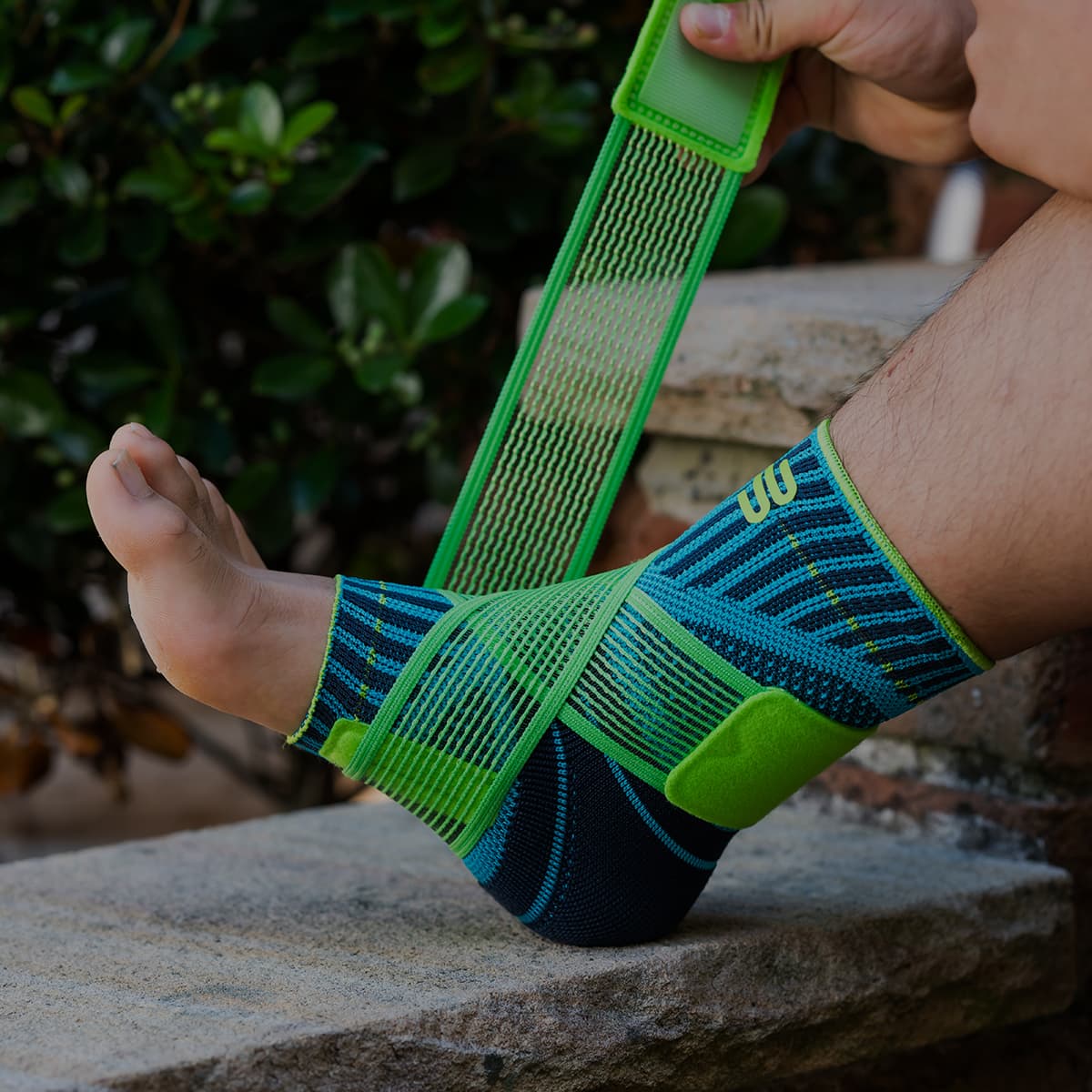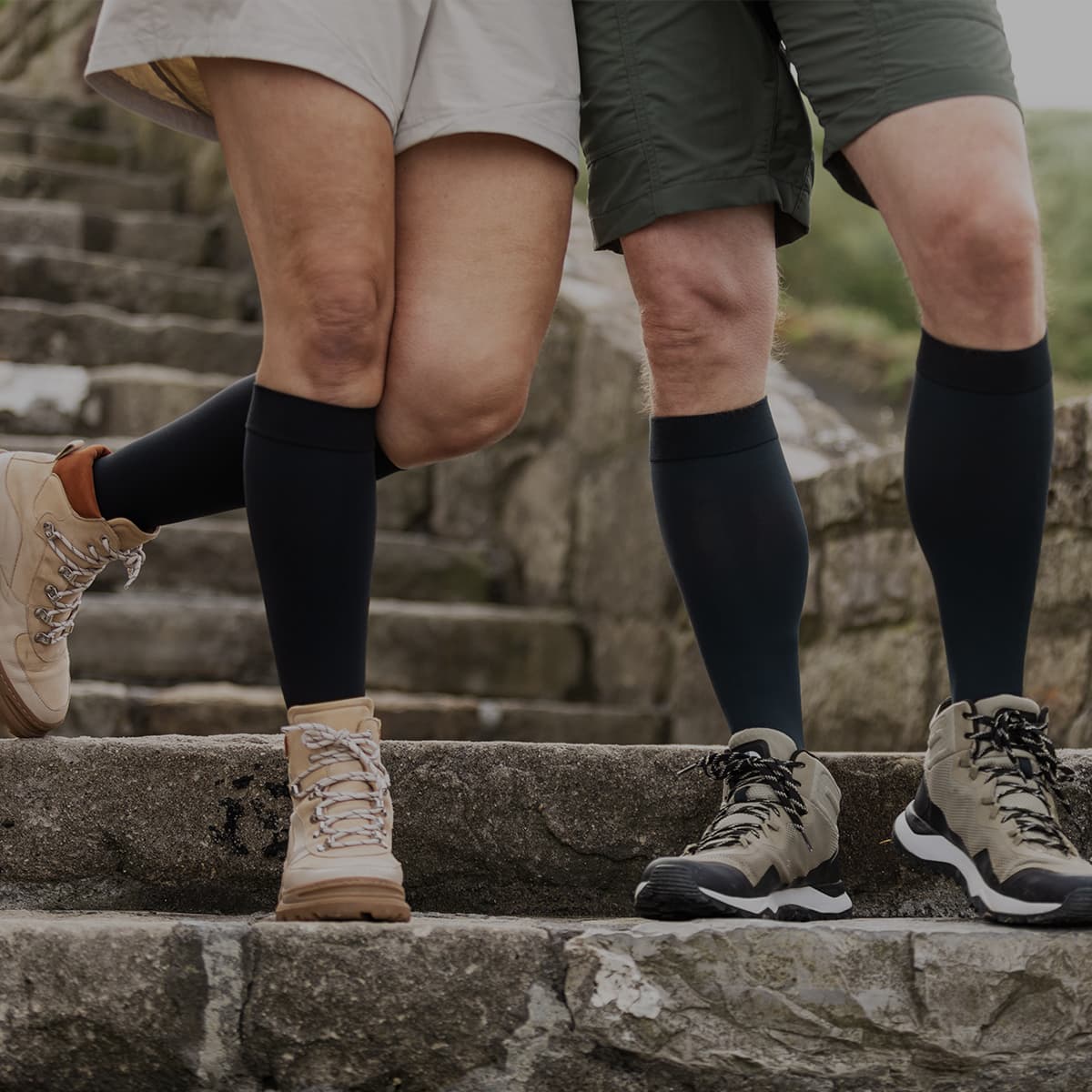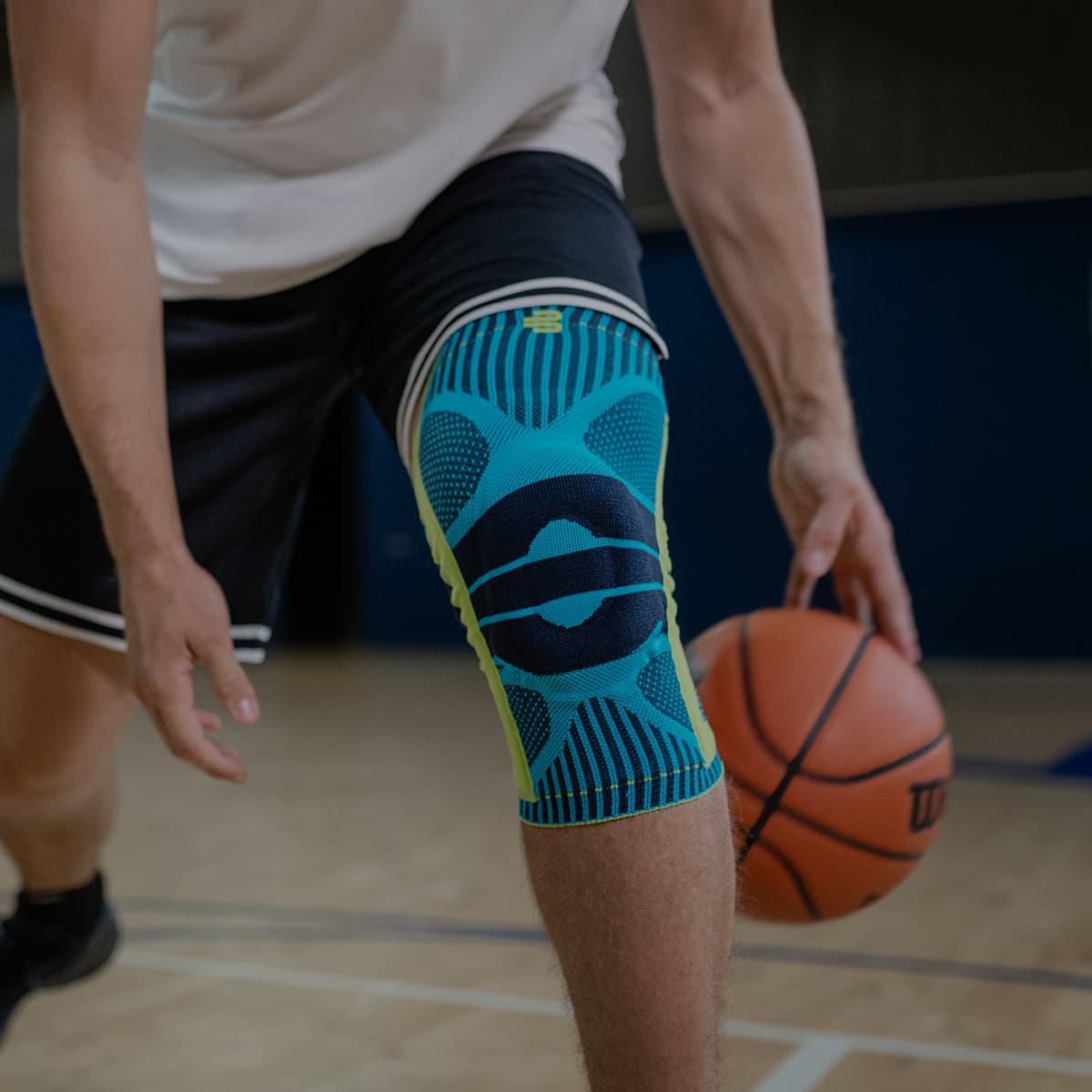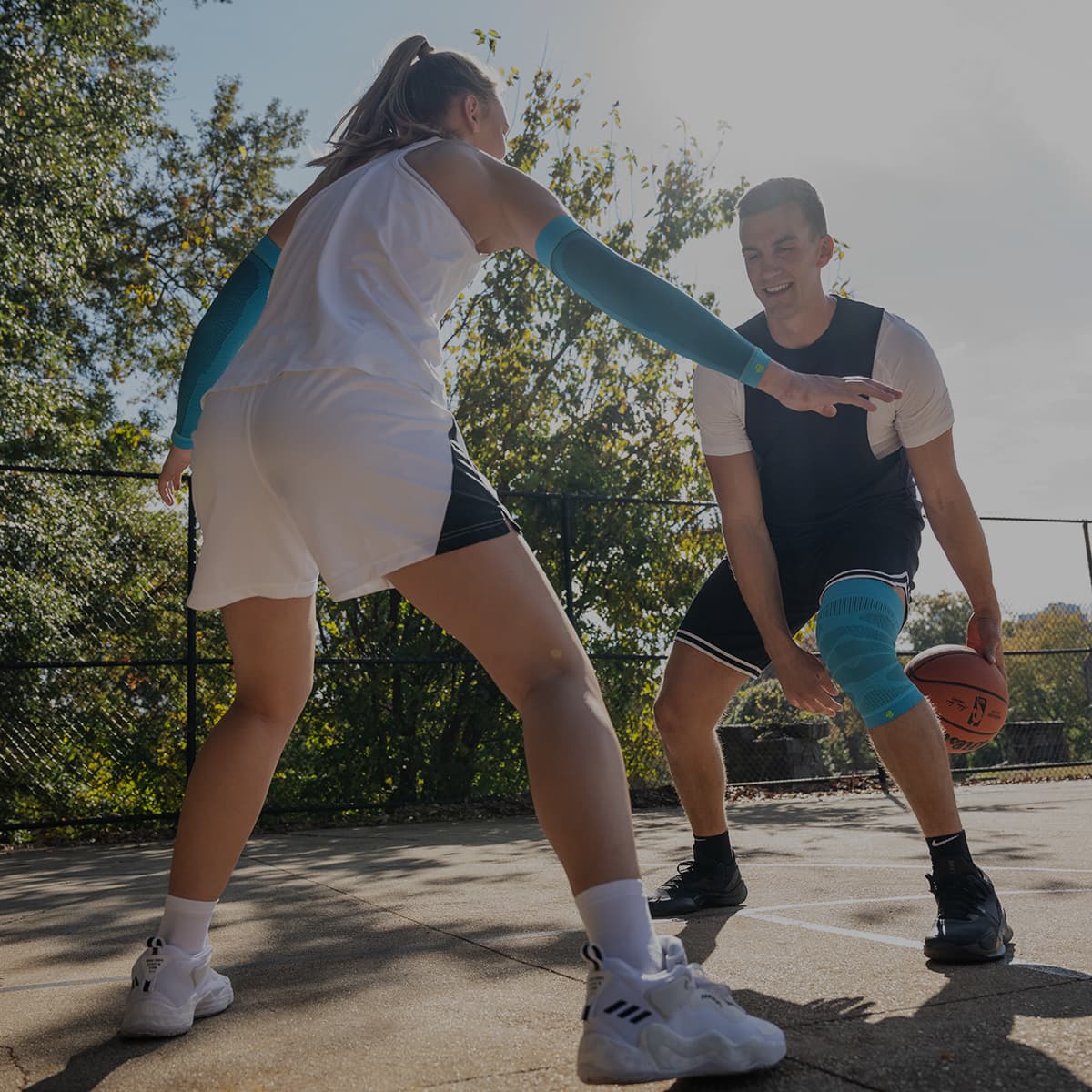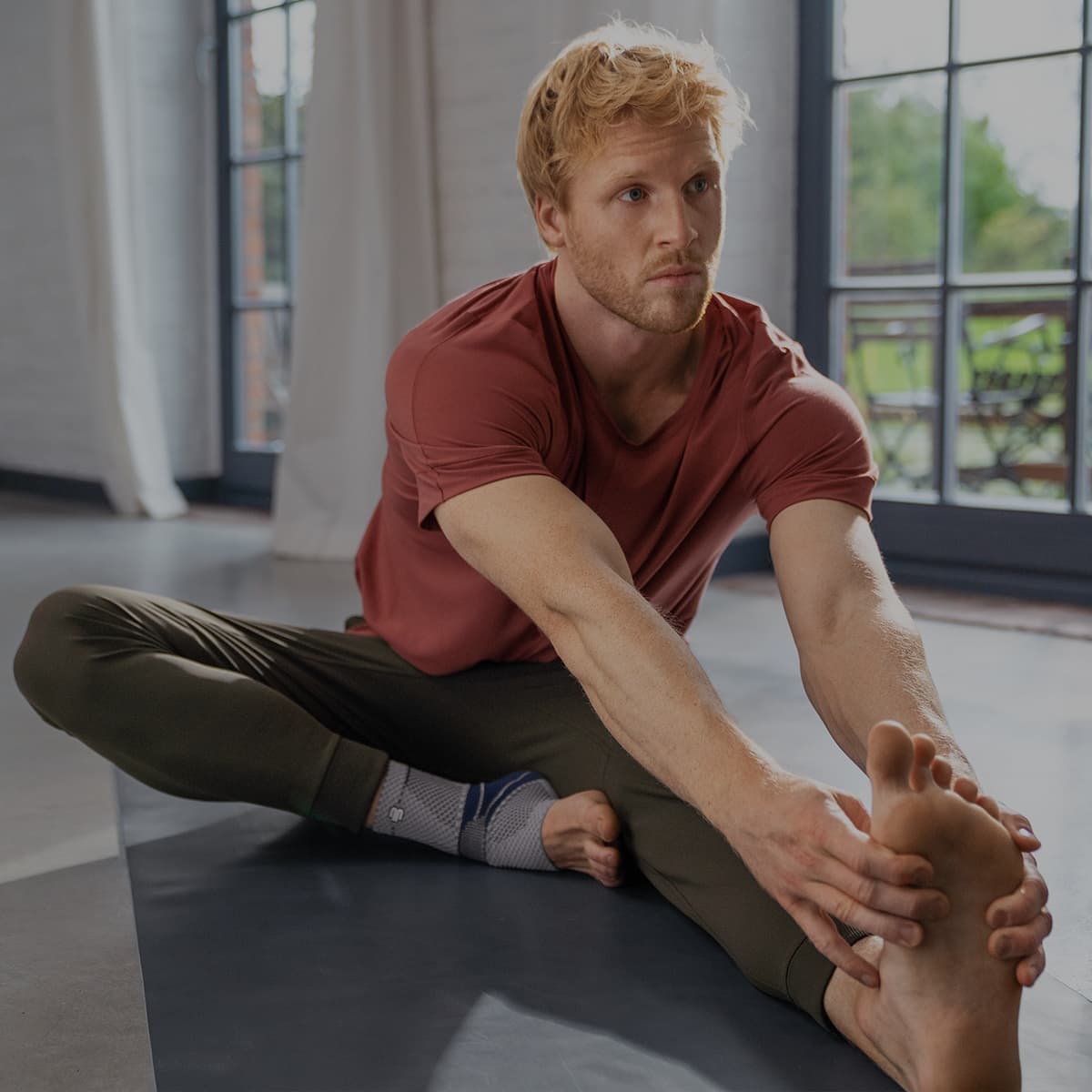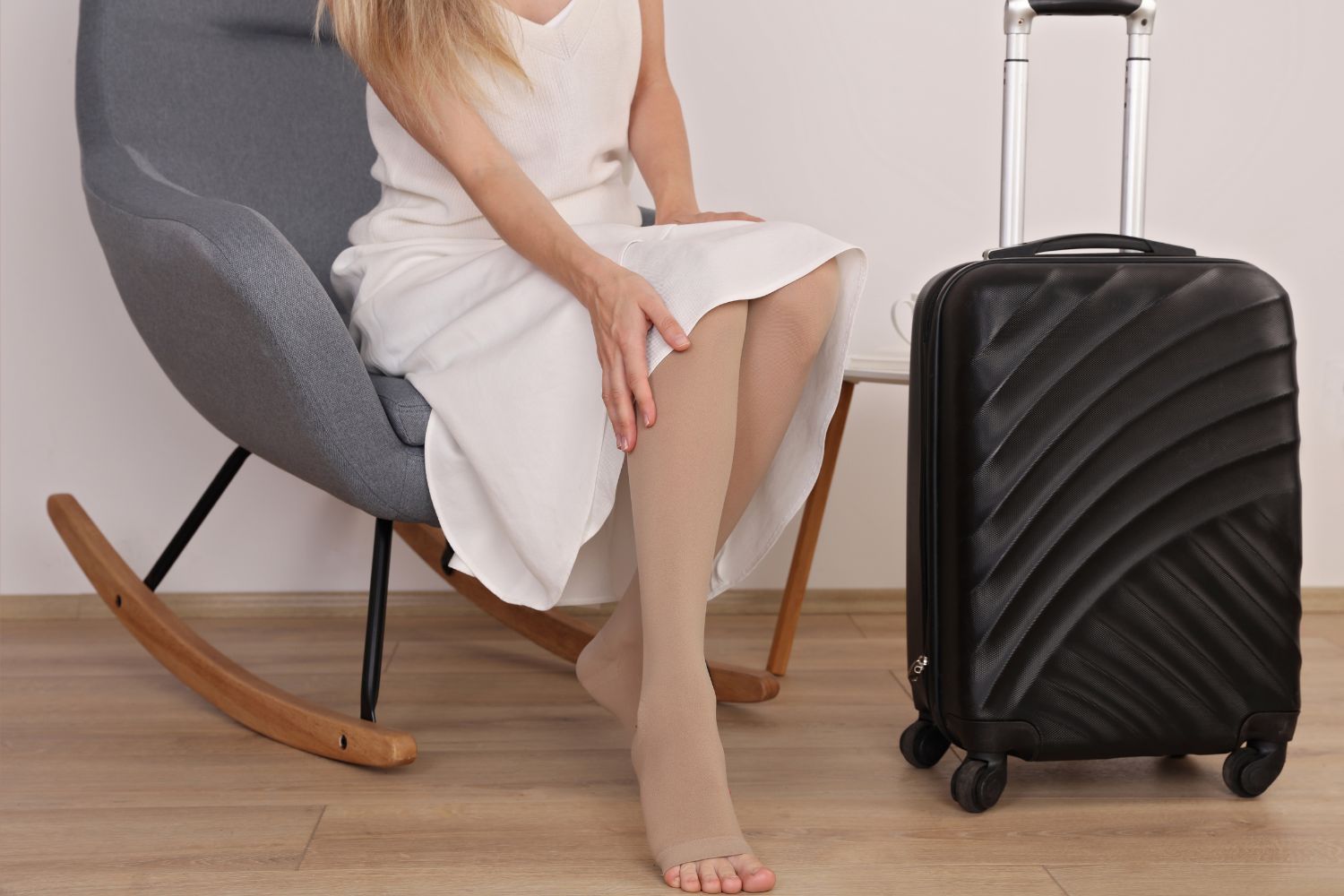There’s nothing worse than that moment when your heart stops, your mind freezes, and you know that once again the pain is back. In your head you can see yourself performing that killer serve, but this time your body protests before your racket can contact the ball.
Your wrists are one of the most heavily used joints during tennis. They absorb the shock from the ball, allow for movement of the hand and often play an integral part in the technique of your hit. If you're getting back into tennis this summer, here are some tips to protect your wrist!
Common wrist injuries in tennis
The wrist is made up of many smaller bones and joints that allow your wrist to move dynamically in different directions.
The excess mobility of this region can increase your chance of injury to all the ligaments, nerves and muscles that assist with movement.
Tennis players especially tend to injure themselves because of overuse, improper equipment, and issues with their technique.
Some wrist injuries experienced:
- Sprains: This occurs when your wrist is overstretched or pulled in the wrong direction, causing damage to the ligaments
- Tendonitis: Inflammation of the tendon from excessive rotation and extension of the forearm. This is most seen in the non-dominant wrists of players who use the double handed back hand.
- Tendon ruptures: This is a much more serious injury where the tendon has partially of fully dislocated from the bone.
- Scaphoid Fracture: The scaphoid is the shock absorbing bone of the wrist and is located just below the thumb and is connected to the radius (forearm bone). Usually this injury occurs during a heavy ball strike or when the wrist is unusually extended.
Learn more: How to identify wrist pain.
Tips to protect your wrist
Depending on the type of injury, treatment ranges from rest, support and exercises to medications and surgery.
There are steps however, that can be taken to prevent these injuries from happening in the first place.
Here is a quick list of three things to do to protect yourself this summer
1. Check equipment
Having the correct grip size for your racket is essential for injury prevention and performance. The right racket grip size enables your forearm and hand muscles to be at an optimal length which will allow your joints to be in a more neutral position to prevent over extension.
If you need help measuring your grip size, check out this link: Tennis Grip Sizes.
2. Support and bracing:
Medical grade compression supports are designed to prevent and manage existing injuries. These braces stabilise the injured area by improving muscle activation around the joint.
Using a support with medical grade compression helps the blood-flow as well as the muscles themselves, acting much more holistically to protect and recover.

3. Strengthen:
Movements that can cause damage to your wrists can be prevented by increasing the strength of the muscles in the surrounding areas.
This increased strength not only acts as a stabilising mechanism but can also improve performance. When strengthening, it is important to focus on the forearm as these are the muscles that control wrist movement.
Tennis relies heavily on the mobility and strength of a player’s wrist. Not only will these steps assist with recovery but they can help improve performance overall.
Try these c
Do you have private health? Most private health extras will cover Bauerfeind Products, check to see if yours is included. Bauerfeind Private Health Insurance Inquiry.
Bauerfeind products are developed at our innovation and manufacturing facility in Zeulenroda, Germany. Based on years of scientific research, our award-winning braces and support garments are highly recommended by medical professionals and athletes worldwide.
For assistance selecting the right product for your needs, book a video consultation with a Bauerfeind expert: Book Video Call, or call us on 1300 668 466

